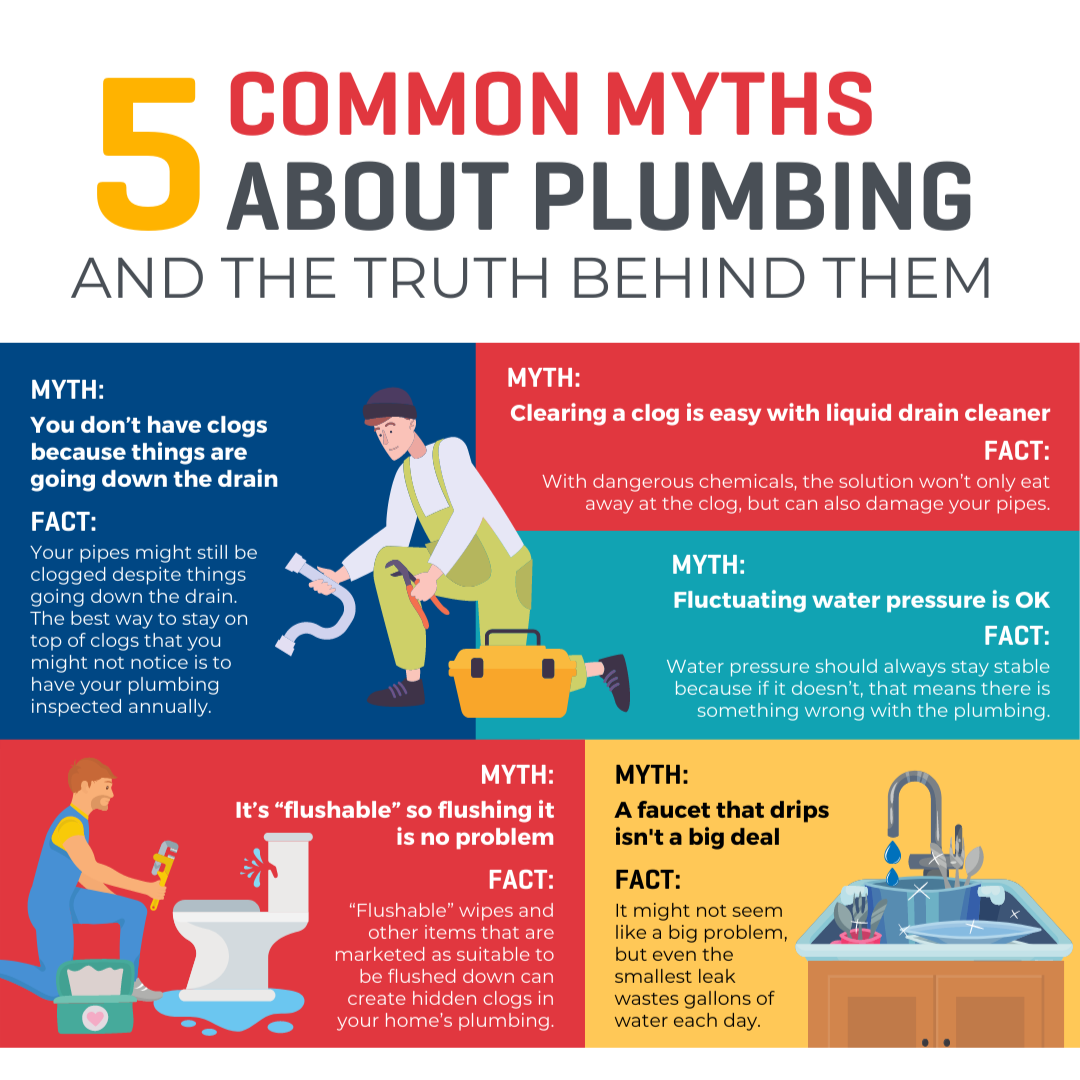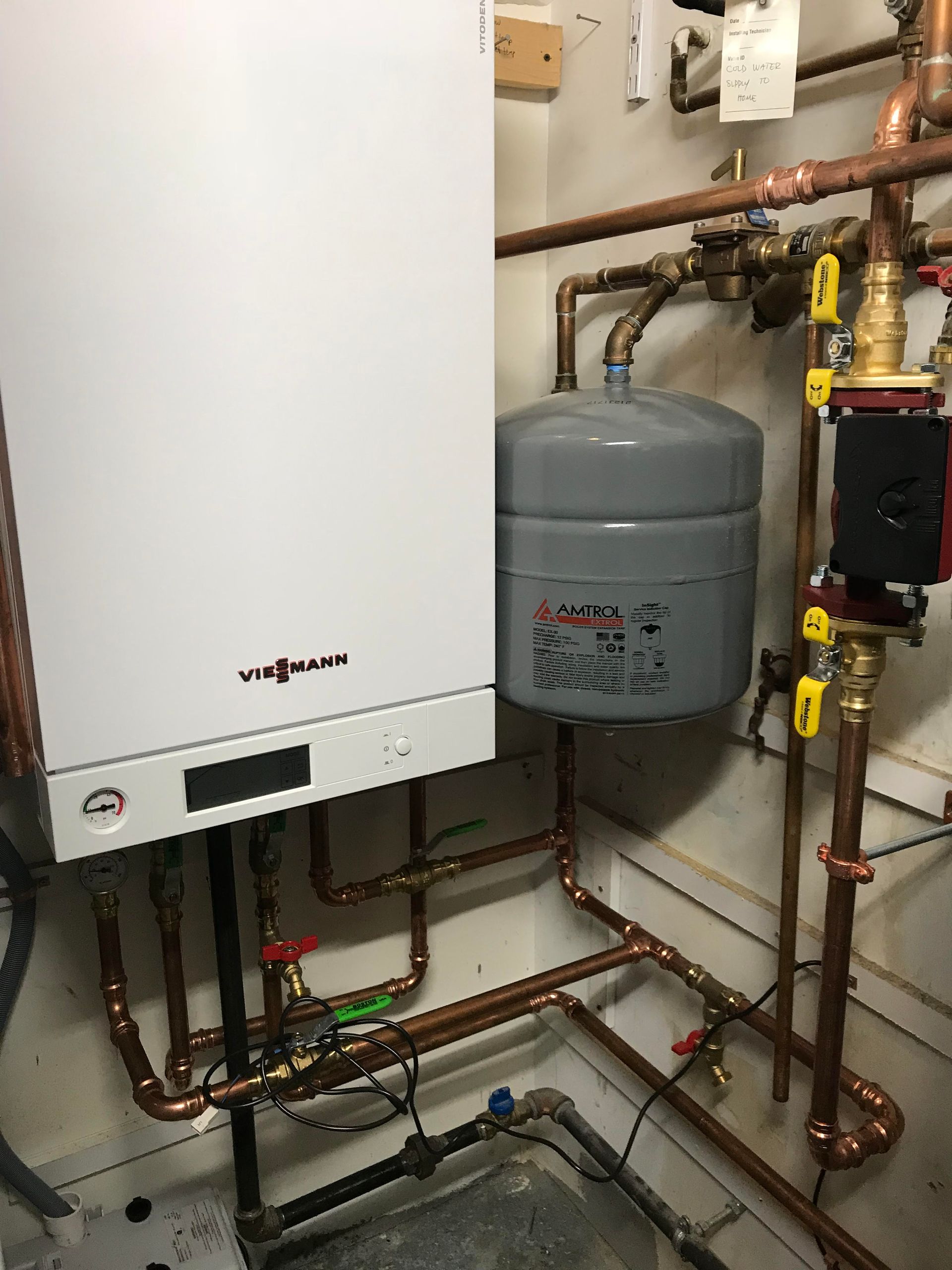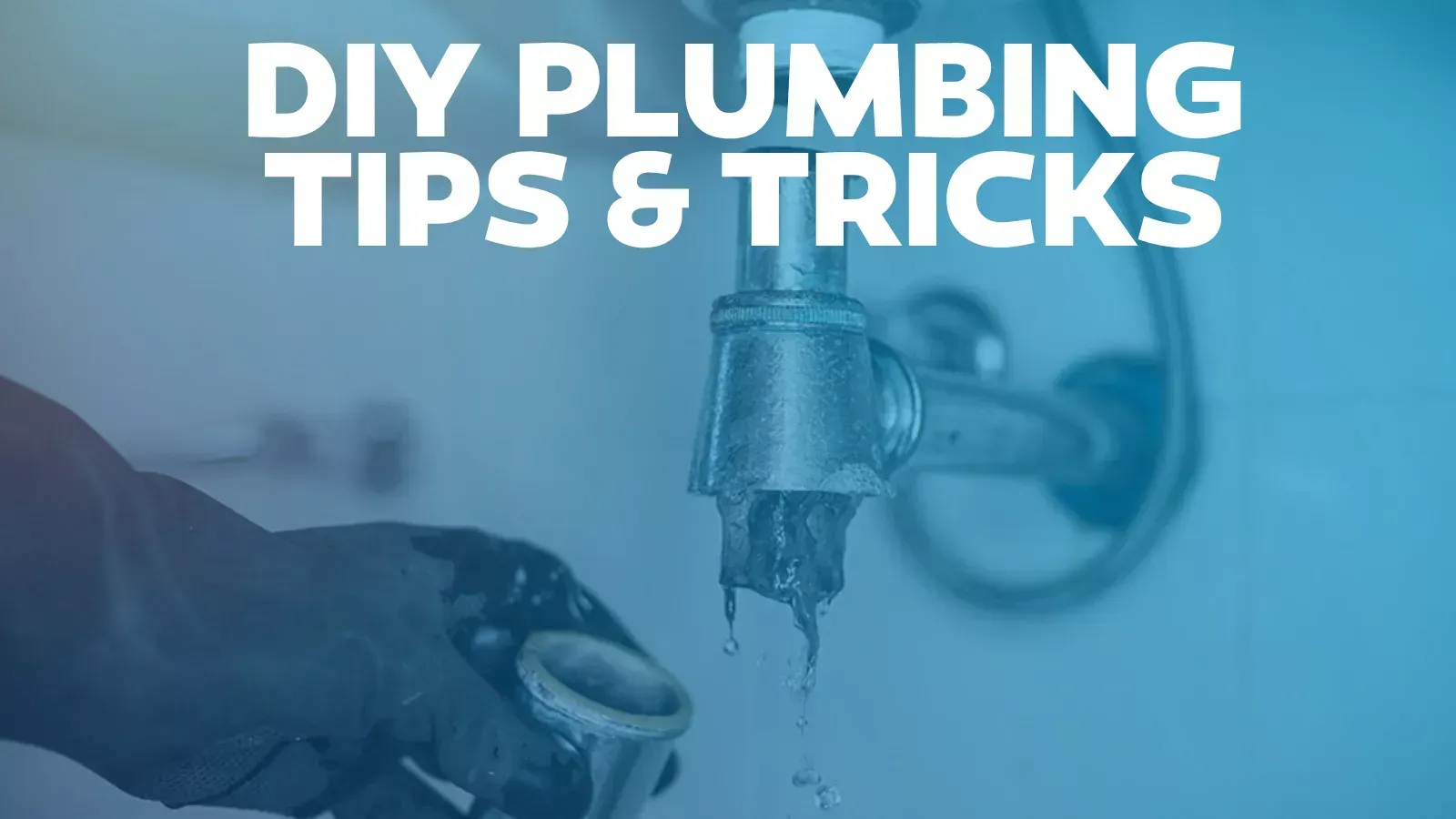
Plumbing Mythbusters: Debunking Common Plumbing Myths
Bust common misconceptions about plumbing, such as "flushable" wipes or the effectiveness of DIY drain cleaning methods, with evidence-based explanations.

Plumbing is an essential part of our homes, yet it's often shrouded in mystery and misconceptions. From what you can flush down the toilet to how you should clean your drains, there are numerous myths circulating about plumbing practices. In this article, we're going to debunk five common plumbing myths with evidence-based explanations to help you navigate your plumbing needs more effectively.
Myth #1: "Flushable" Wipes Are Safe for Your Plumbing
"Flushable" wipes are convenient and safe to flush down the toilet, just like toilet paper.
Debunked: Contrary to popular belief, "flushable" wipes are not as flushable as they claim to be. While they may flush down your toilet without immediate issue, these wipes do not disintegrate like toilet paper. Instead, they can accumulate in your pipes and sewer system, leading to blockages and costly repairs. In fact, many wastewater treatment facilities have reported problems caused by the buildup of "flushable" wipes in their systems.
Myth #2: DIY Drain Cleaning Methods Are Effective
Pouring boiling water, vinegar and baking soda, or chemical drain cleaners down the drain can effectively unclog drains.
Debunked: While DIY drain cleaning methods may provide temporary relief for minor clogs, they often fail to address the root cause of the problem. Boiling water can help break down some types of clogs, but it's ineffective against grease or mineral buildup. Similarly, vinegar and baking soda can create a fizzing reaction that helps break down organic matter, but they're not powerful enough to tackle stubborn clogs. Chemical drain cleaners can be harsh and corrosive, potentially damaging your pipes and causing more harm than good in the long run.
Myth #3: Lemons Clean Your Garbage Disposal
Tossing lemon peels down the garbage disposal will clean and deodorize it.
Debunked: While lemon peels may temporarily mask odors in your garbage disposal, they can actually do more harm than good. The acidic nature of citrus fruits like lemons can corrode the metal components of your disposal over time, leading to leaks and mechanical failures. Instead of relying on lemon peels, it's best to clean your garbage disposal with a mixture of ice cubes and rock salt to dislodge food particles and neutralize odors.
Myth #4: Running Water While Using the Garbage Disposal Helps
You should always run water while using the garbage disposal to help flush away waste.
Debunked: While it's true that running water can help move waste through the disposal and prevent clogs, simply turning on the water without using the disposal is not effective. To properly use the garbage disposal, you should start running cold water before turning on the disposal, and continue running it for at least 30 seconds after you've finished grinding the food waste. This helps ensure that the waste is flushed away completely and reduces the risk of clogs.
Myth #5: A Brick in the Toilet Tank Saves Water
Placing a brick in the toilet tank can reduce water usage and save money on your water bill.
Debunked: While it's true that reducing the amount of water in your toilet tank can save water, placing a brick in the tank is not the best way to achieve this. Bricks can deteriorate over time and cause damage to the internal components of the toilet, leading to leaks and other problems. Instead, consider installing a toilet tank displacement device or upgrading to a low-flow toilet, which are designed to save water without compromising performance.
Conclusion
By debunking these common plumbing myths, we hope to empower homeowners with the knowledge they need to make informed decisions about their plumbing systems. Remember, when in doubt, it's always best to consult a professional plumber who can provide expert advice and solutions tailored to your specific needs.
Feeling like your in over your head and need our help ? Contact Semper Flow Plumbing. today to discuss how we can help you with all your property's plumbing needs. To learn more about what we do, please click here. To contact us, please click here or call us at 978-460-9472
You might also like


Book a Service Today
We will get back to you as soon as possible
Please try again later

Navigation
Services
Working hours
- Mon - Fri
- -
- Sat - Sun
- Appointment Only
After Hours Emergency Services
- Mon - Sun
- Open 24 Hours
